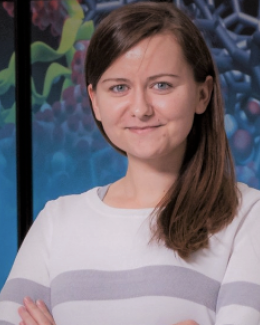Abstract
The two-phase two-fluid model is a basis of many thermal-hydraulics codes used in design, licensing, and safety considerations of nuclear power plants. Thermal-hydraulics codes rely on the closure laws to close the system of conservation equations and describe the interactions between phases. These laws, derived from years of experimental investigations, are semi-empirical correlations that lack generality and have a limited range of applicability. Increase of computational power, availability of new experiments, and development of high-fidelity simulations has increased the number of validation data. The discrepancies between the code predictions and the validation data are a great source of knowledge. Missing physics that are not included in the model but are important for the considered phenomena can be discovered by propagating the information from the experimental results through the model. Physics-discovered data-driven model form (P3DM) methodology integrates available integral effect tests and separate effects tests to determine the necessary corrections to the model form of the closure laws. In contrast to existing calibration techniques, the methodology modifies the functional form of the closure laws. Based on the functional form of the correction, the missing physics that were not included in the original model can be discovered. The methodology provides the alternative to the machine learning approach, in which the model is discovered in the form of the intractable black-box relation. In this work, the methodology was applied to the CTF subchannel code to improve the prediction of the two-phase flow phenomena.



